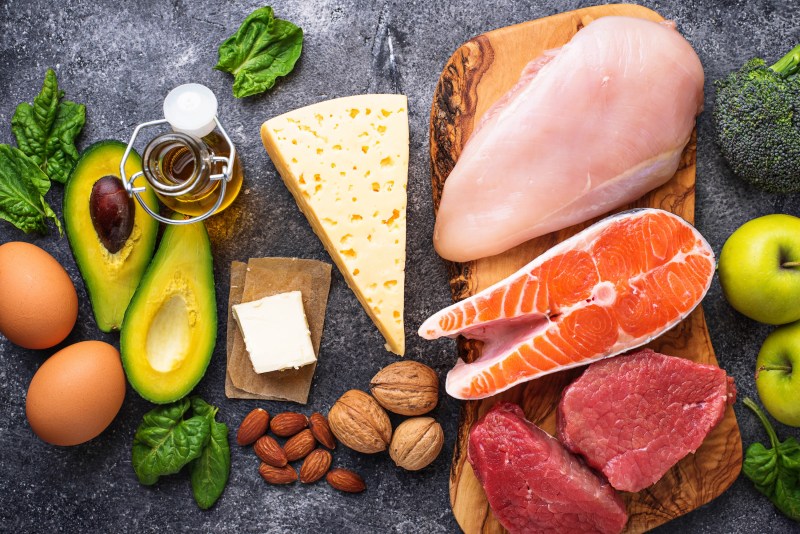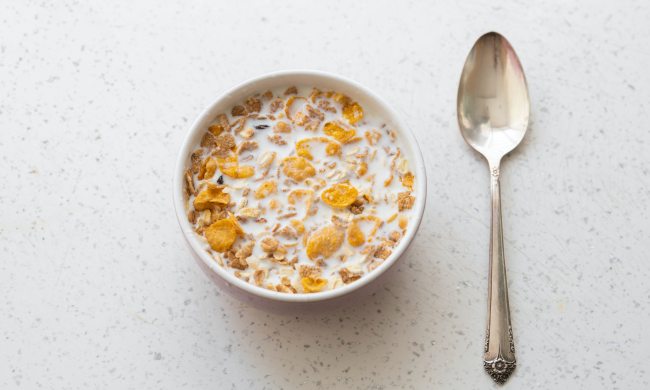
You’ve heard about the ketogenic diet for fitness, weight loss, epilepsy, and more. The science-based ketogenic diet has generated a buzz, and you might be eager to try it to help you accomplish your health or fitness goals. The ketogenic diet shifts your metabolism from burning glucose (sugar from carbs) for energy to burning mostly ketones from fat instead. You know you have to lower your carb and sugar intake and increase your dietary fat intake to reach the metabolic state of ketosis, but what’s the best way to do that? Where do you start? Here are some top tips to get you started on keto.
1. Find an accountability partner

As the name suggests, an accountability partner is someone who helps you remain accountable and supports you on your keto journey. When you start keto, it’s helpful to find a family member, friend, or someone you can call for support. Your accountability partner can motivate you to stay on track and come up with ideas to smooth your transition. At its core, accountability means taking charge of your actions and the results or consequences of those actions.
In addition, advanced keto calculators are available online to help you track your macros (macronutrients) so you know the percentage of protein, fat, and carbs you should aim for on active and rest days. For some, calculating macronutrients or calories and using dieting apps is helpful; for others, it’s an extra hassle and more to think about.
2. Learn more about ketosis

The more you know about keto and how the state of ketosis impacts metabolism, the more you can understand the potential benefits and the reason why you’re doing it. As your keto knowledge expands, you’ll likely also become better at sticking to the diet and ditching those carb-loaded cheat days. Keto isn’t just another fad diet; it’s a natural state of metabolism where your body becomes more efficient at burning fat for fuel instead of the overwhelming stream of sugar that comes along with the standard American diet.
3. Meal prep and plan ahead

Planning and meal-prepping can make your keto transition a little easier because you won’t have to wonder what to eat. When your meals and snacks are planned and prepared in advance, you won’t reach for the grab-and-go junk foods and easy TV dinners, especially when you’re ravenous and tired.
It’s a good idea to make low-carb smoothies or quick and simple meals the night before and store them in the fridge, like a sandwich with keto bread, a chia seed pudding, or a salad. Top tip: store your salads in a mason jar. You can also try eating your leftovers for breakfast to minimize wastage and streamline your morning.
Please choose the best day for you to grocery shop and meal prep, and try batch-cooking larger meals and freezing individual portions so they’re ready when hunger strikes. Another option is to prep and chop the ingredients in advance, so all you have to do is start cooking.
4. Enhance your keto kitchen

Slow cookers, instant pots, and other kitchen tools and appliances can be useful. If you have difficulty standing for long periods, you could invest in a comfortable kitchen stool or chair when you can.
5. Fill your pantry with staples

Fill your house, fridge, freezer, and pantry with keto foods, snacks, and ingredients. If you can’t shake off the urge for a sugary treat, your pantry will have the ingredients ready for you to make a simple keto fat bomb. If you didn’t realize that salad dressing has sugar, you can make your own dressing instead with ingredients like lemon juice, olive oil, balsamic vinegar, and herbs.
Stock your pantry with keto ingredients and staples, such as:
- Vanilla extract
- Coconut oil
- Baking powder
- Cocoa butter
- Coconut flour
- Cocoa powder
- Coconut milk or cream
- Almond flour
- Butter or ghee
- Macadamia nut oil
- MCT oil
- Coconut aminos
- Nuts
- Seeds
- Veggie chips
6. Get rid of temptations

You can’t eat the carb and sugar-loaded foods and drinks if they aren’t there. If possible, it’s an excellent idea to bring your family and other household members on board and ask them to help you avoid temptation at home. Make your keto shopping list so you can bring home the keto goodies instead and focus on the foods and flavors you love.
7. Find keto replacements

White rice and other refined carbs are off the keto menu. If you love white rice, buy or make cauliflower rice as a replacement. Other suitable rice substitutes include broccoli and konjac rice. If you love cupcakes, find a keto cupcake recipe that calls for keto ingredients like almond flour and keto sweeteners like monk fruit or stevia.
Today, a growing number of keto-friendly options are available at grocery stores and restaurants. You can also find easy-to-follow keto recipe books packed with delicious recipes to keep your keto. With a fully stocked pantry, a shopping list, meal-prepping, and all the right tools and tips, you’ll be well on your way to keto success.



